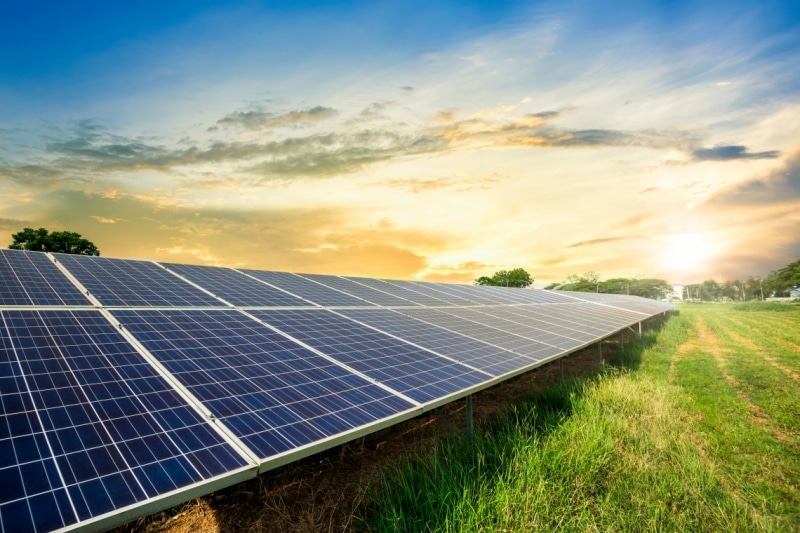New York Improves NY-Sun Incentive Program to Account for Market and Policy Conditions

The New York State Public Service Commission on June 23 adopted improvements to the NY-Sun program, which was expanded last year to reach 10 gigawatts of distributed solar by 2030 with an additional budget of $1.5 billion to reach the goal. The changes are based on recommendations in a mid-point review of the program in accordance with the directives of the order that expanded the initiative.
Apart from reviewing the program performance, the commission’s order adopting modifications incorporated updated project cost estimates informed by developer-reported data, utility-reported interconnection costs, international cost trends, and market or policy factors impacting costs. Among other things, the order provides flexibility to the New York State Energy Research and Development Authority to adjust its “Community Adder and Inclusive Community Solar Adder” incentives to respond to dynamic market and policy conditions. The order authorizes the agency to establish a new floating photovoltaic adder, remove system production adjustments from the incentive payment structure for commercial and industrial projects, and amend consolidated billing rules. Further, the order expands the eligibility requirements for the prevailing wage adder, in response to the 2022 Inflation Reduction Act.
Launched in 2012, the program aims to create a sustainable and subsidy-free solar industry. Solar is an integral part of New York’s all-inclusive effort to achieve carbon-free power by 2040. Last year, the commission expanded the target amount of distributed solar generation projects installed in New York from 6 gigawatts to 10 gigawatts by 2030. Achieving the expanded solar goal is expected to generate enough power per year to supply nearly 700,000 additional homes, including those in disadvantaged communities. The initiative is expected to spur about $4.4 billion in private investments, creating 6,000 jobs with prevailing wage requirement for projects above one megawatt. The 2022 order that expanded the program also created an expanded Solar Energy Equity Framework wherein 40 percent of the incremental 4 gigawatts will be targeted toward low-to-moderate-income residents, regulated affordable housing, and disadvantaged communities.
EnerKnol Pulses like this one are powered by the EnerKnol Platform—the first comprehensive database for real-time energy policy tracking. Sign up for a free trial below for access to key regulatory data and deep industry insights across the energy spectrum.
ACCESS FREE TRIAL